Navigation
Install the app
How to install the app on iOS
Follow along with the video below to see how to install our site as a web app on your home screen.

Note: This feature currently requires accessing the site using the built-in Safari browser.
More options
You are using an out of date browser. It may not display this or other websites correctly.
You should upgrade or use an alternative browser.
You should upgrade or use an alternative browser.
How can they produce such colorful photos?
- Thread starter a1157814a
- Start date
SHWELL
TPF Noob!
- Joined
- Nov 8, 2008
- Messages
- 40
- Reaction score
- 0
- Location
- Deltona, FL
- Can others edit my Photos
- Photos OK to edit
I am no expert, but it looks like it could be edited. And a touch of HDR efx..
Jon0807
TPF Noob!
- Joined
- Nov 16, 2007
- Messages
- 357
- Reaction score
- 3
- Location
- San Francisco, CA
- Can others edit my Photos
- Photos OK to edit
Proper exposure and a bump in saturation and some adjustments to levels, contrast, etc I'd say
Muay_Thai_Dan
TPF Noob!
- Joined
- Nov 23, 2007
- Messages
- 140
- Reaction score
- 0
- Can others edit my Photos
- Photos OK to edit
lol i think probably a mix of- because it actually looked like that/ a bit of editing.
ud be surprised how beautiful things in nature really are. u just gotta be there to catch it
edit: oh and like jon said proper settings while he took the picture
ud be surprised how beautiful things in nature really are. u just gotta be there to catch it
edit: oh and like jon said proper settings while he took the picture
kundalini
Been spending a lot of time on here!
- Joined
- Jul 18, 2007
- Messages
- 13,607
- Reaction score
- 1,937
- Location
- State of Confusion
- Can others edit my Photos
- Photos NOT OK to edit
I'm no expert, but I'm confident in saying that if you post a photo that is not yours....... it should be linked. The only photos we see are from the OP and subsequent posters. This example violates the rules. giving credit is a good thing..... but regardless...................
Muay_Thai_Dan
TPF Noob!
- Joined
- Nov 23, 2007
- Messages
- 140
- Reaction score
- 0
- Can others edit my Photos
- Photos OK to edit
kundalini is right 
Ptyler22
TPF Noob!
- Joined
- May 23, 2008
- Messages
- 789
- Reaction score
- 0
- Location
- Massachusetts
- Website
- www.harvardpress.com
- Can others edit my Photos
- Photos NOT OK to edit
Ya, that picture is clearly edited. Just look at the people, there is halo around them, so either they were pasted into the shot or there was some major brightness changes. and some contrast and saturation changes, they are things that don't take long but can completely change the look of a picture.
No disrespect to who ever shot this, I'm just analyzing the picture.
No disrespect to who ever shot this, I'm just analyzing the picture.
ShutterSpeed
TPF Noob!
- Joined
- Dec 8, 2008
- Messages
- 381
- Reaction score
- 1
- Can others edit my Photos
- Photos NOT OK to edit
a beautiful shot - and edited!
without a doubt.
what i wonder is about photographers who made great photos when they were only SLR's and blackrooms....now THAT was good photography!
without a doubt.
what i wonder is about photographers who made great photos when they were only SLR's and blackrooms....now THAT was good photography!
ksmattfish
Now 100% DC - not as cool as I once was, but still
- Joined
- Aug 25, 2003
- Messages
- 7,019
- Reaction score
- 36
- Location
- Lawrence, KS
- Website
- www.henrypeach.com
- Can others edit my Photos
- Photos NOT OK to edit
what i wonder is about photographers who made great photos when they were only SLR's and blackrooms....now THAT was good photography!
Alright, I'm going to let you in on the secret... they went tot he store and bought a roll of Velvia, or other ultra saturated film.
There is no such thing as an unprocessed, finished photograph whether digital or film, Polaroid, dry plate, collodion, daguerreotype, whatever.... If it's unprocessed you can't see it. Some of you may think files that come straight out of your camera are unprocessed, but they were shot in raw format (yep, even though your camera is set to jpeg or doesn't even have a raw setting), and then processed with in-camera software.
Contrast and color control are basic concerns in the traditional darkroom. Beyond that you can burn, dodge, mask, layer, sharpen, etc.... Everything that I do in Lightroom 2 as far as processing goes can be done in the traditional darkroom. Some things would take a lot longer, but the fundamental concepts are the same.
I wasn't at the sunset pictured here, but I've seen plenty that were even more colorful and vibrant. I don't think this photo even approaches the limit on the wonderful color potentially possible "straight out of the camera" with film or digital. The key to great color is to combine good light with good exposure and processing skills. It's not a trick anymore than baking a tasty pie is a trick. You just need to know what you are doing from start to finish. The "to finish" part is important. Many photogs think a photo is created in the split second the shutter is open. Whether using film or digital there is still a long way to go to get a finished photo. It's a chain of steps between idea and finished photograph, and any weak link will undermine the potential quality.
You are wasting your time looking for perfect gear or tricks. Just concentrate on learning the fundamentals of photography, and wonderful color and contrast can be yours.
Most reactions
-
 430
430 -
 287
287 -
 280
280 -
 266
266 -
 222
222 -
 195
195 -
 179
179 -
 179
179 -
 171
171 -
 164
164 -
 157
157 -
 129
129 -
 118
118 -
I
94
-
 94
94
Similar threads
- Replies
- 14
- Views
- 553
- Replies
- 6
- Views
- 409
- Replies
- 8
- Views
- 439
- Replies
- 6
- Views
- 543


![[No title]](/data/xfmg/thumbnail/35/35956-7047189d31e1c1f6029266079390f54a.jpg?1619737269)

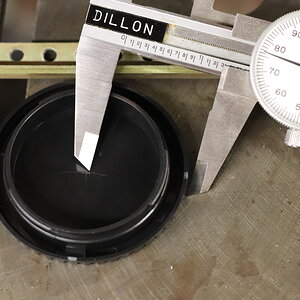
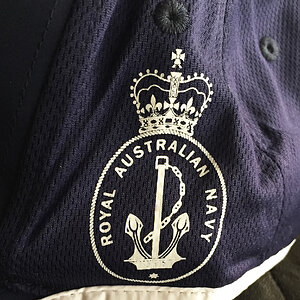
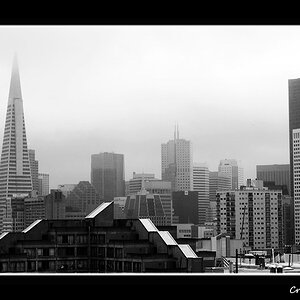
![[No title]](/data/xfmg/thumbnail/34/34127-a0d1223fcaca46821c9dace22d8f88c2.jpg?1619736298)
![[No title]](/data/xfmg/thumbnail/42/42059-61b97bbebb00e6276672551f4e3b3e43.jpg?1619739995)
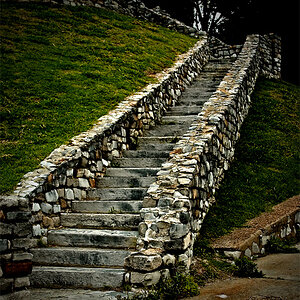

![[No title]](/data/xfmg/thumbnail/39/39501-c3f6a664311b0a3868b613f963809fb1.jpg?1619739058)
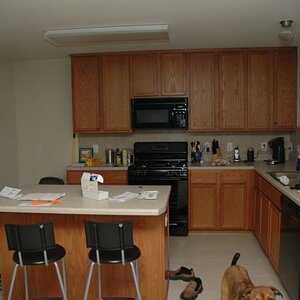
![[No title]](/data/xfmg/thumbnail/31/31042-2fcf80c8987688129be89876d12ba006.jpg?1619734584)